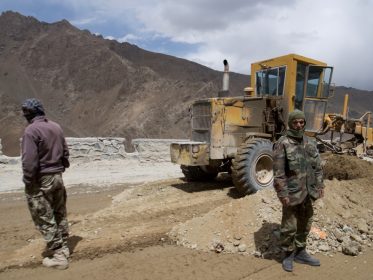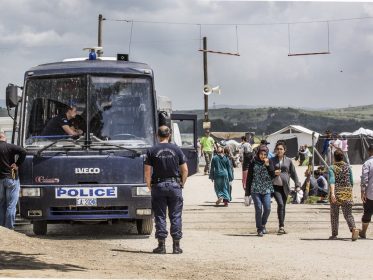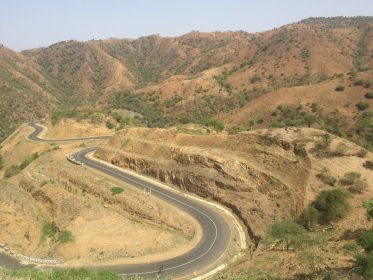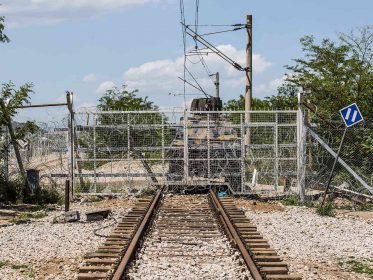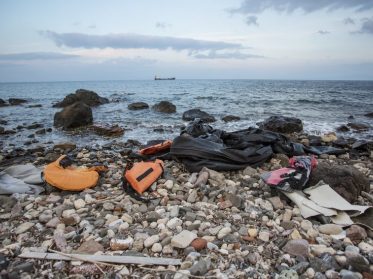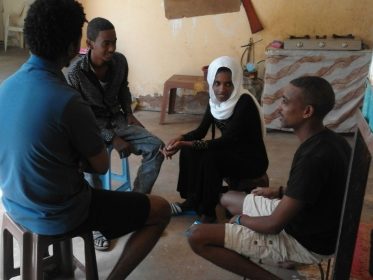Europe
Concern over irregular migration has for years seen EU policymakers utilize both ‘stick’ and ‘carrot’ to secure cooperation from origin countries in migration management. As the EU migration ‘crisis’ reached its apex in 2015, calls to link aid and migration intensified. Yet, the emergence of programs explicitly linking aid and humanitarian budgets to migration management objectives – …
Where next for migration and development in Afghanistan? Read More »
Migration issues have traditionally travelled in exile around the core development agenda. People moving to seek refuge or a better job have been seen as a consequence of development trends, rather than a primary target for development programming itself. With migration and asylum issues more prominent on the global agenda, governments are demanding the development industry address …
Why Migration Issues are Difficult for Aid Agencies Read More »
The Brussels Conference on Afghanistan features a high-level dialogue on migration dedicated to finding ways to manage irregular migration from the country. In a country where resurgent conflict in one province coexists with promising development advances in other parts of the country, there are no easy answers. A new article from Seefar, Irregular Migration to the European Union: …
Beyond ‘mass arrivals’: insights into Afghan irregular migration Read More »
In July 2016, Seefar conducted a survey of migrants who had recently settled in European countries to determine if migrants changed their destination preference once they arrived in Europe. The study also identified where and why migrants changed their mind. The migrants surveyed were selected if they had: Settled in The United Kingdom, The Netherlands,Germany, or a combination of …
As domestic solutions falter, the migration and Syrian refugee crisis has been propelled to the top of the European Union foreign policy agenda. The EU will expand cooperation at the highest level with countries along major migration routes, with a likely emphasis on border control and returns. But the EU has been here before, spending nearly …
Going West: Where’s the Evidence behind EU Policy on Illegal Migration? Read More »
This working paper, Iranian Refugees: An Exploration of Irregular Migration to the UK, utilizes data collected from a series of interviews to explore the motivations and expectations of people in Iran intending to migrate irregularly to the UK. From this initial group of 199 interviewees, we reconnected with 45 migrants 12 months later, in December 2015, to determine how they had progressed …
In response to the migrant smuggling crisis in the Mediterranean, the Migration Policy Institute asked Seefar to contribute experience and insights into migration pathways to the southern shores of the Mediterranean. The results and conclusions of this study were published in May 2015 (click here). First, the study looked at the process of irregular migration from the …
Innovative Research on Migrant Smuggling to Europe Read More »
The situation for migrants in Libya is dangerous, and the many migrants interviewed as part of our research tell us that staying there for an extended period is a big risk. Local fighting, fragmented security forces and violent smuggling methods are convincing migrants that they need to reach Europe as fast as possible. More migrants than ever are expected to try and cross …
In the literature and policy-making on migration and development, migrants are increasingly recognized as transnational actors who can make contributions to their countries of origin from the country of settlement. With this recognition, many aid agencies, including EU member states have become to increase diaspora engagement in development programs. In this process, however, the challenge they face …
Diaspora Engagement in Development – the Role of Refugees Read More »
